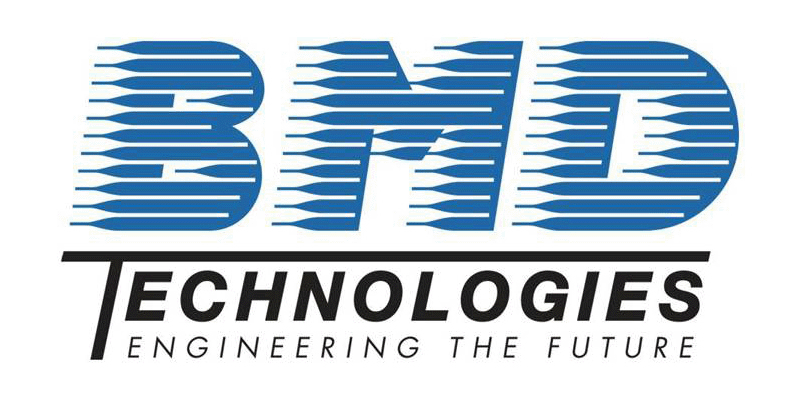Chillers (30 – 1500 ton)
An HVAC chiller is a central component of many commercial air conditioning systems, especially in large buildings that require consistent and efficient cooling. Chillers work by removing heat from water through a refrigeration cycle. The cooled water is then circulated through the building to air handlers or fan coil units, which help regulate indoor temperatures in spaces like office complexes, hospitals, data centers, and industrial facilities.
There are two primary types of chillers used in commercial HVAC systems: air-cooled and water-cooled. Both types rely on a refrigeration process to extract heat, but they differ in how they reject that heat from the system. Air-cooled chillers use fans to dissipate heat into the atmosphere, while water-cooled chillers transfer heat to a secondary water loop, typically connected to a cooling tower. The choice between the two depends on factors such as building size, available space, climate conditions, and efficiency goals.
In a hot and busy market like Los Angeles, installing a chiller properly is critical to ensure long-term system performance and energy savings. Proper installation includes sizing the equipment correctly for the building’s cooling load, integrating it into the building’s distribution system, and setting up control systems that regulate operation based on real-time demand. When installation is rushed or improperly executed, it can lead to poor temperature control, increased energy usage, or mechanical failures.
Ongoing maintenance is just as important as correct installation. Chillers have complex components such as compressors, evaporators, condensers, and control modules that must be inspected and serviced regularly. Maintenance tasks may involve checking refrigerant levels, cleaning heat exchanger surfaces, inspecting electrical systems, testing safety controls, and monitoring system pressures and temperatures. Skipping or delaying maintenance can cause the system to operate inefficiently, potentially leading to increased operating costs and unexpected downtime.
For commercial facilities that rely heavily on climate control, any failure in the chiller system can disrupt day-to-day operations and impact employee comfort or customer satisfaction. That’s why consistent upkeep is essential—not just to keep the system running, but to ensure it’s operating at peak performance year-round.
In conclusion, chillers play a vital role in delivering reliable, large-scale cooling for commercial buildings. Proper installation and maintenance by experienced professionals, like the team at BMD Technologies, helps extend the life of the system, reduce energy waste, and provide dependable comfort in Southern California’s demanding climate.
